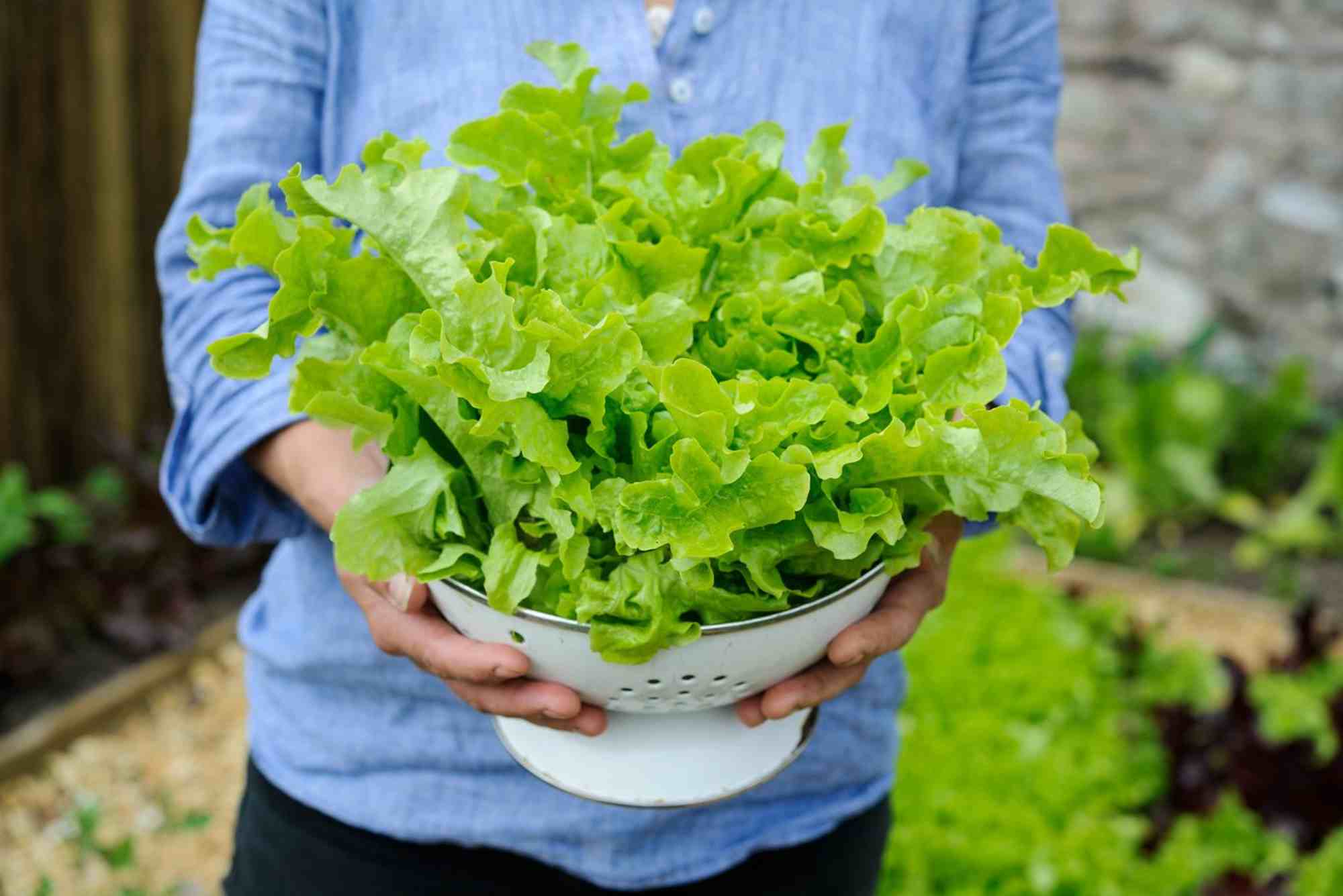How to Grow a Salad Garden at Home: A Beginner’s Guide
Growing fresh salad at home is easier than most people think. Whether you have a spacious backyard or just a sunny balcony, you can enjoy crisp, flavorful greens straight from your garden. Knowing how to grow salad at home allows you to control quality, avoid harmful chemicals, and enjoy the freshest flavors possible. With a few simple steps, you can start harvesting delicious lettuce, spinach, arugula, and other greens within weeks.
Why Grow Your Own Salad at Home
Homegrown salad greens are fresher, more nutritious, and tastier than store-bought options. When you grow your own salad, you harvest just before eating, which locks in flavor and nutrients. Additionally, growing salad at home reduces food costs and ensures you know exactly how your food is grown. Salad greens also grow quickly, making them ideal for beginners who want fast, rewarding results.
Choosing the Best Location for Your Salad Garden
Location is key to growing healthy salad greens. Most salad plants thrive in a spot with at least four to six hours of direct sunlight daily. A balcony, patio, or even a sunny windowsill can work well for small gardens. If you have limited sunlight, choose leafy greens that tolerate partial shade, such as spinach and certain lettuce varieties.
Soil quality also matters. Salad greens prefer loose, well-draining soil rich in organic matter. Avoid areas where water pools after rain, as soggy roots can lead to rot. If your soil is poor, raised beds or large containers are excellent alternatives.
Preparing Soil for Salad Greens
Healthy soil is the foundation of a productive salad garden. Begin by loosening the soil with a garden fork to improve aeration. Mix in compost or well-rotted manure to increase fertility. Salad plants have shallow roots, so aim for at least 6 inches of rich, crumbly soil. Testing your soil’s pH can also help; salad greens grow best in slightly acidic to neutral soil with a pH between 6.0 and 7.0.
Selecting the Right Salad Greens
One of the joys of learning how to grow salad at home is experimenting with different greens. Popular options include loose-leaf lettuce, romaine, spinach, arugula, and kale. Loose-leaf lettuce is great for continuous harvest, while romaine offers crisp, upright leaves. Spinach and arugula grow quickly and add variety to salads. You can also try mustard greens, endive, and herbs like parsley or cilantro for extra flavor.
Planting Your Salad Garden
When planting, follow the spacing recommendations on seed packets to avoid overcrowding. For direct sowing, scatter seeds lightly and cover with a thin layer of soil. Water gently to settle the seeds without washing them away. In cooler climates, start seeds indoors a few weeks before the last frost and transplant them once the weather warms.
Succession planting is a great way to ensure a continuous harvest. By sowing small amounts of seeds every two weeks, you’ll have fresh salad greens throughout the growing season.
Caring for Salad Plants
Consistent care helps your salad garden thrive. Water regularly, keeping the soil moist but not waterlogged. Mulching with straw or shredded leaves helps retain moisture and suppress weeds. Fertilize every few weeks with a balanced, water-soluble fertilizer to encourage healthy growth. Avoid over-fertilizing, as this can cause excessive leaf growth with less flavor.
Keep an eye out for pests such as aphids, slugs, and flea beetles. Hand-picking pests or using natural remedies like neem oil can help protect your plants without harmful chemicals. Row covers can also shield young plants from insect damage.
Harvesting Fresh Salad Greens
The best part of growing salad at home is the harvest. Most salad greens are ready in three to six weeks. For a continuous supply, use the “cut-and-come-again” method—snip the outer leaves while leaving the center intact. This allows the plant to keep producing new leaves for several weeks.
Harvest in the morning when the leaves are crisp and full of moisture. Rinse gently in cold water and dry thoroughly before storing. Freshly picked salad greens will last up to a week in the refrigerator.
Tips for Growing Salad Year-Round
In cooler months, consider growing salad indoors under grow lights or in a greenhouse. In warmer climates, plant heat-tolerant varieties and provide partial shade to prevent bolting. With the right planning, you can enjoy fresh salad greens no matter the season.
Common Problems and Solutions
One common issue is bolting, when plants start producing flowers instead of leaves. This usually happens in hot weather, so choose slow-bolting varieties and provide shade in summer. Yellow leaves can indicate overwatering or nutrient deficiency; adjust your watering schedule and feed your plants as needed. If pests become a recurring issue, rotate crops each year to prevent infestations.
FAQs
How long does it take to grow salad greens?
Most salad greens mature within 3–6 weeks, depending on the variety and growing conditions.
Can I grow salad without a garden?
Yes. You can grow salad in containers, window boxes, or even vertical planters indoors.
Do salad greens need full sun?
They grow best with 4–6 hours of sunlight daily but can tolerate partial shade.
How often should I water salad plants?
Water consistently to keep the soil evenly moist, usually two to three times a week.
Can I regrow salad from scraps?
Yes, certain types like romaine lettuce can regrow from the base if placed in water, then transplanted into soil.
Learning how to grow salad at home is a rewarding, beginner-friendly project that provides fresh, healthy food right at your fingertips. With the right location, soil preparation, and care, you can enjoy crisp, flavorful greens year-round. Not only will you save money, but you’ll also experience the unmatched taste of freshly picked salad.



